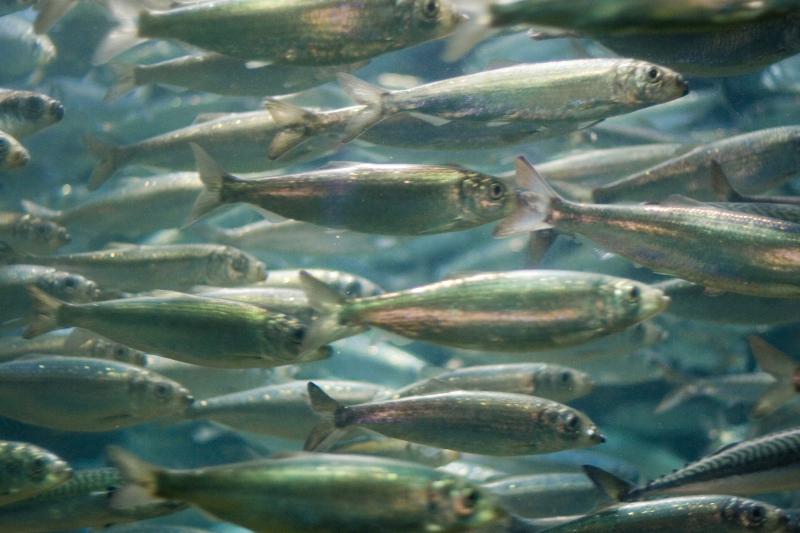Herring where?: Count shows 121 percent increase in numbers
Herring have been off limits to Massachusetts’ fishermen for seven years, but a new count from Rochester shows a dramatic rise in their numbers.
Alewives Anonymous, a Rochester-based organization that monitors the fish, recently reported a 121 percent increase in the number of herrings (also known as alewives) migrating on the Mattapoisett River.
Since 1989, the organization has used an electronic counter to keep track of the fish.
Alewives Anonymous’ President Arthur Benner said, in the past, herring fishing was permitted after the counter reached 50,000, but a concerning drop resulted in a statewide moratorium on catching the fish.
“In 2000, the number had increased up to 130,000. From then on it was pretty much downhill by 50 percent every year until it was less than 5,000 in 2004,” said Benner.
“In four years it dropped 125,000 fish.”
Benner said the number of herring began diminishing as early as the 1950’s and 1960’s, which was one catalyst for the start of Alewives Anonymous.
The reason for the decline in herring is uncertain, said Benner.
“A lot of that hasn’t been pinpointed,” he said.
“There has been a lot of effort to put controls and monitors on offshore fishing.”
The reason for this year’s large growth is equally uncertain, as it depends on the environment three or four years ago, said Benner.
Alewives Anonymous counted 28,447 fish at Snipatuit Pond, compared to 12,857 herring in 2011.
“Some exceptional conditions must have occurred three or four years ago and the survival rate of the fry was excellent. Thank you, Mother Nature,” wrote Benner in a letter to Rochester selectmen.
What happens next to the herring is anyone’s guess, but Benner hopes the numbers can go up by 30,000 fish in the coming years.
“It will be interesting to see if the numbers fade,” said Benner. “It should at least stay even for next year, maybe some increase, but a big increase is a lot to hope for.”
















